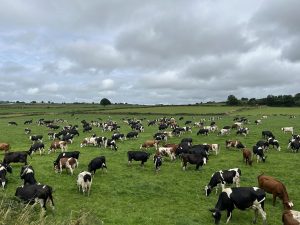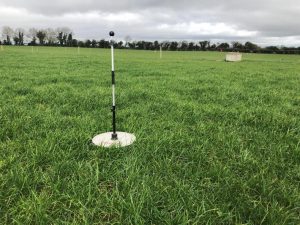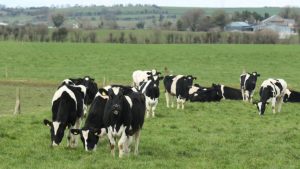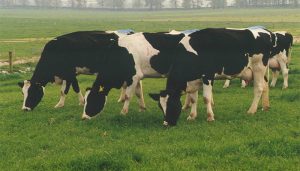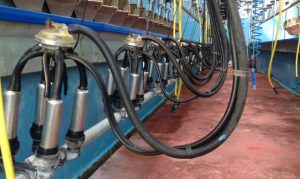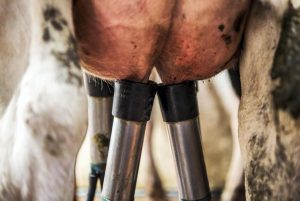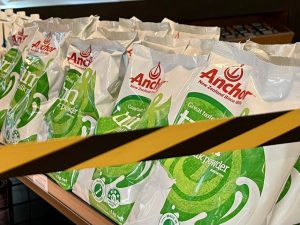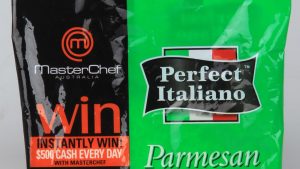
Bovine Tuberculosis (TB) “is becoming more concentrated within the dairy herd”, according to the Department of Agriculture, Food and the Marine’s (DAFM) superintending veterinary inspector (SVI) and head of the Wildlife Unit, Ruminant Animal Health, Philip Breslin.
At a farm walk hosted by the Irish Creamery Milk Suppliers’ Association (ICMSA) in Shercock, Co. Cavan, on Tuesday, July 19, the department vet was asked if TB outbreaks are more common in beef herds or dairy herds.
Breslin said: “If you go back to 2015, there was about 3,000 TB breakdowns/year and now, there’s over 4,000 of these.”
“We went from a herd incidence of about 3.45% in 2015 to what was our worst year two years ago (2020) where it was 4.38%, nearly a full percentage increase in those six years.
“More suckler and beef farms get TB than dairy farms but it’s neck and neck, whereas in 2015, nearly twice as many suckler farms got TB than dairy farms.”
Breslin told farmers in attendance that 45% of the reactors were from dairy farms in 2015 but 59% (of the animals that actually go down in the TB test) are from dairy farms now.
“Bovine TB is becoming concentrated within the dairy herd,” the department vet affirmed.
Why is Bovine TB a growing issue?
The DAFM veterinary inspector explained that TB incidents are increasing on dairy farms “because of dairy expansion”.
He said that “there would have been quite a bit of trading going on in the early years as expansion was taking place”, but noted that this high level of trading dairy stock is beginning to decrease.
“21% of all animal movements that take place last year came from farms that had a TB breakdown in the previous three years.
“The other reasons TB is getting more concentrated on dairy farms is that no matter where TB is being looked at, in France, Wales or Ireland, over the last 20 years, the same thing always comes out as a risk factor and the biggest risk factor in terms of bringing in TB or TB remaining on a farm is herd size and dairy farms have the bigger herds.”
“Whether it’s spread from badgers or anywhere else, it has to do with the size of the herd, the other risk is the amount of land being farmed and dairy farms farm a bigger footprint (of land) than non dairy farms – in general terms,” the department vet added.
Breslin explained that there are other risks to outbreaks of TB as well and noted “deforestation activity within a couple of kilometres” of the farm as being one of these but added that this only increases the risk of TB “a small bit”.
“If you expand your herd from 120-140 cows, you’ve driven the risk up more than there having been any clear-fell taking place.”







